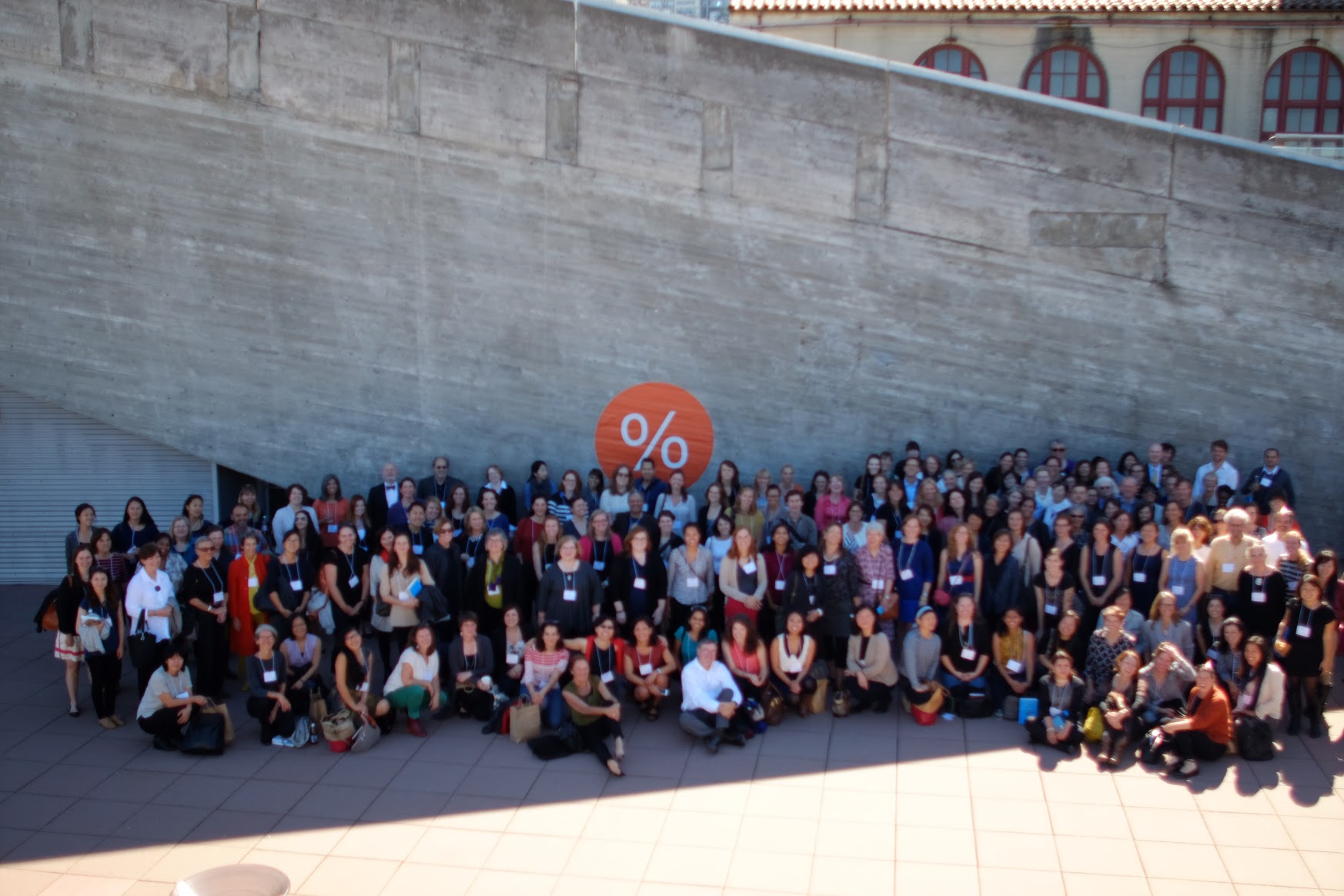by Sharon Portnoy, AIA (originally written on April 5, 2016)
After Dame Zaha Hadid’s sudden death was announced last week, the design blogosphere began asking what she and her work meant to female architects. For many, apparently, the answer is that Zaha was a role model who cracked the glass ceiling and showed us just what is possible for female architects to achieve in this new millennium. For me, however, as much as I admired her prodigious talent and formal ingenuity, she was more a curiosity than a role model. Referred to as “Zaha,” she had more in common with other one-named celebrities, like Cher or Madonna, than she did with the other 99% of female architects. Her ascendency was fun to watch in a reality TV sort of way. In her signature black cape, she burst onto the scene to wage heroic battles on an international stage. She was an outsized talent with a persona to match. She was a glamorous avatar, leading the charge against complacency in the profession and battling for the supremacy of innovation in form. Her work was visionary. It seemed unbuildable, and yet, she built it. She had moxie; she had chutzpah; and her work was thrilling.
But Zaha’s reality was a far cry from the realities of the rest of us, and I worry that by holding her up as an emblem of what female architects have achieved, we run the risk of overlooking the far less dramatic, but no less daunting, challenges that women in architecture continue to face. Zaha’s Pritzker Prize no more represents gender equity in the architectural profession at large than Barack Obama’s presidency indicates that we live in a post-racial America. Zaha was an outlier. Most female architects in the United States are not only not “Starchitects,” they are woefully underrepresented in the profession, particularly at senior levels.
According to a 2014 report by the Association of Collegiate Schools of Architecture, nearly half of all architecture school graduates are women, yet only 17% of architecture firm partners and principals are women. Women are paid less than their male counterparts upon graduation, are more likely to leave the profession before achieving milestones like licensure, and drop out of the field at much higher rates than men, often for good.
In 2014, AIA SF’s "Equity in Architecture Survey" and Equity by Design symposium explored some of the forces contributing to these discouraging numbers, among them implicit bias, wage inequality, and a culture that romanticizes the figure of the architect as the lone genius a la Ayn Rand’s Howard Roark. Zaha herself perpetuated that myth. “If you want an easy life, don’t be an architect,” she was quoted as saying. “Ask anybody in my office. You have to work all the time. If you want a nine-to-five job and to go home and relax, just don’t do it.” She was right, of course; architecture is a demanding profession. But for many architects, especially women, it’s not a question of going home at five to relax. It’s about rushing home in time to start the “second-shift,” and tending to all the other things that make us valuable to our families, our communities, and our clients. Going home at the end of the workday, while frowned upon by many in our profession, is not only desirable, but necessary for us to do our best work. We need to renew our creative stores, and to nurture the aspects of being human that allow us to engage the world around us and create thoughtful, healthy, and inspirational environments. Architects are often viewed as being elitist and out of touch with the way “normal people” live, imposing our impossible aesthetic standards and trying to educate them on what they should like or how they should live. Getting out of the office is just one way for us to better understand the society we serve.
Zaha was many things, but a representative of everywoman in architecture was not one of them. Fortunately for us, there are many female groundbreakers in the field. They may not be household names, but they have beaten the odds and are now working at the highest levels of the profession. They are winning clients, directing practices, and leading some of the best architecture schools in the nation. These are the women who show up every day at construction sites, client meetings, community review boards, and design juries. They work on tight deadlines and even tighter budgets. They advance the cause of sustainable building practices, navigate arcane building codes, and mentor younger architects. They may or may not wear black capes, but to me, they are the real superheroes and there are not nearly enough of them.
(Editor's note: Sharon Portnoy's insights were recently included in the NYTimes Article: Female Architects Speak Out on Sexism, Pay Inequity and More)
Other posts related to Dame Zaha Hadid's Death
Dear Zaha, Your Architecture Exhilarating, Your Departure Heartbreaking
Dear Zaha - Leaving without notice















